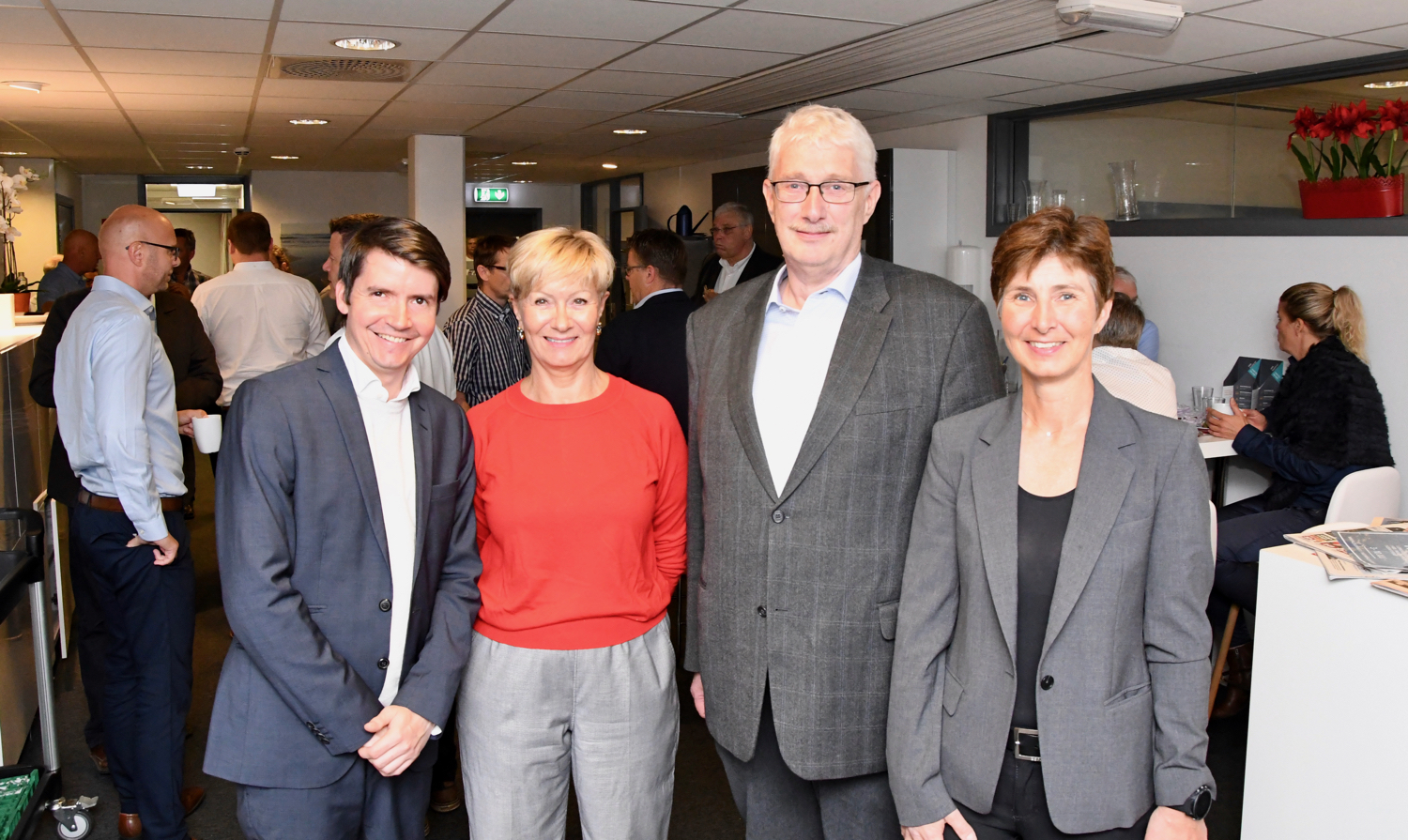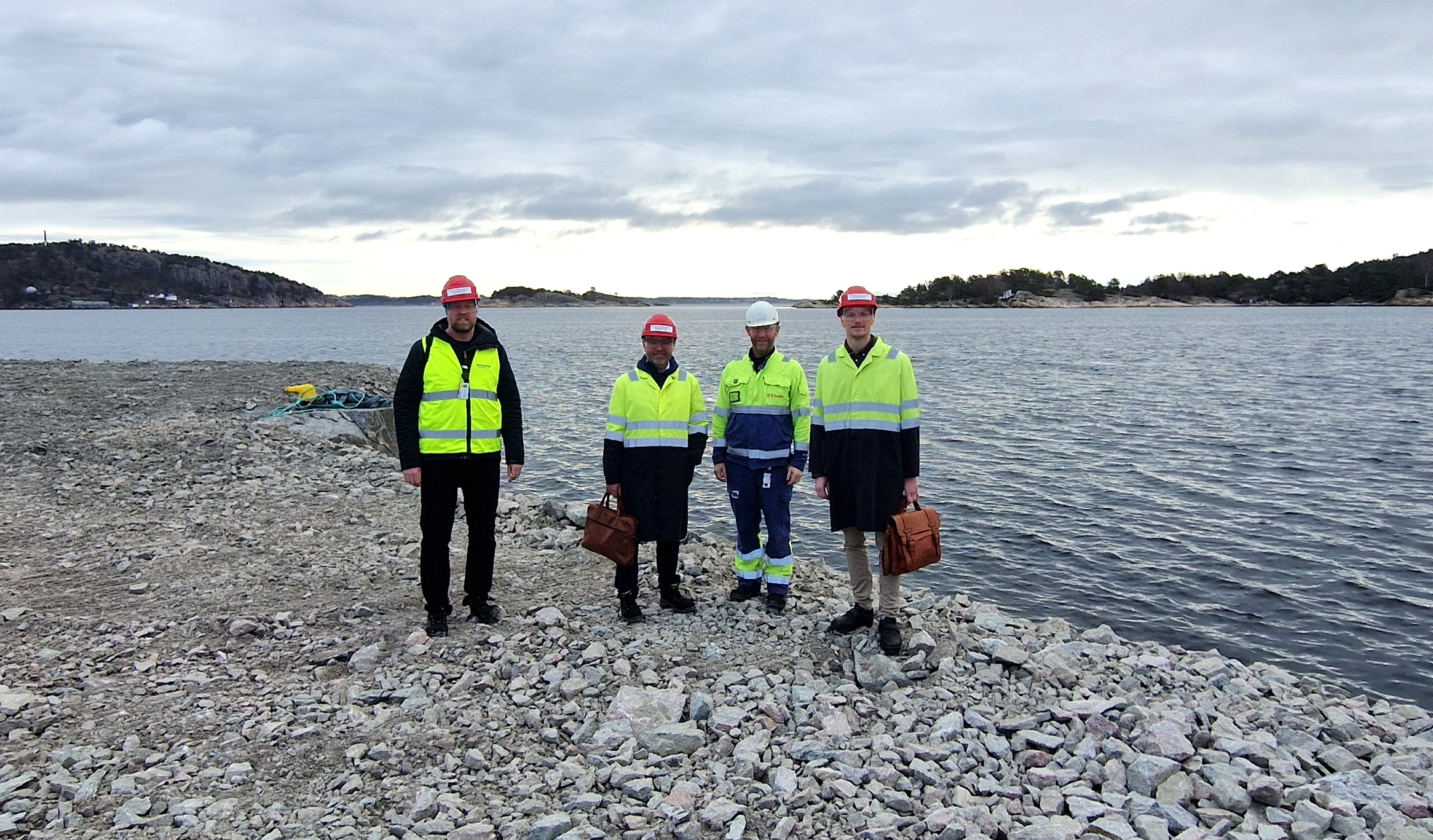”We welcome Equinor’s initiative to build a floating wind farm in deep offshore waters. This could kickstart a new industrial era based on technology and competence from the oil & gas and maritime industries,” says Anne-Grete Ellingsen, CEO of GCE NODE.
“Norway is well positioned to lead the way within floating wind,” says Gudmund Per Olsen, Research Director Offshore Wind at Equinor.
The Norwegian oil and gas giant runs the world’s only floating wind farm, Hywind Scotland, consisting of five turbines off the coast of Scotland. Now, Equinor considers building another floating wind farm, consisting of 11 turbines in the North Sea, that will provide electrical power to the Snorre and Gullfaks platforms in the Tampen area.
Hywind Tampen is the first offshore wind project on the Norwegian Continental Shelf. Equinor’s goal is to further develop the technology piloted in the Hywind Scotland project, which includes significant cost reductions, and to lower CO2 emissions from the oil & gas fields at Tampen in compliance with the industry’s Road Map for increased sustainability.

For some time, GCE NODE has argued for financial support for the supplier industry when undertaking the development of equipment and solutions that will contribute to making floating offshore wind profitable. Such development could be instrumental in developing a new important export sector.
In close cooperation with GCE NODE, Innovation Norway has set up a program that supports companies that have technology that can contribute to lower costs in the offshore wind installation and operating phases.
“There is a demand for funds for developing floating wind, and we are determined to contribute,” says Ivar Singstad, Head of Clean Energy at Innovation Norway.
There are a number of reasons for why Norway should make floating wind a priority: 80 per cent of all offshore wind resources are located in waters 60 meters deep or more, ruling out fixed installations. Furthermore, Norwegian industrial players know how to operate at sea, and how to operate at great depths and in harsh environments.
“We have 50 years of experience from the oil & gas industry and even more from the maritime sector. Now we are looking at an opportunity to take a leading position in what is a truly global market. If we succeed, floating wind could be a huge Norwegian export industry based on what we learn from projects on our continental shelf,” says Ellingsen.
Equinor challenges the supplier industry to find cost-optimal solutions within areas such as design of floating substructures for wind turbines in the 10-15 MW range, fabrication methods and logistics for large fabrication of floating substructures, innovative mooring systems, and installation and marine operations for floating wind.
A number of GCE NODE companies are well positioned to take part in the surging offshore wind market. MacGregor and Origo Solutions were suppliers to Equinor’s Hywind Scotland project and should be considered frontrunners for bids to the Hywind Tampen project.




